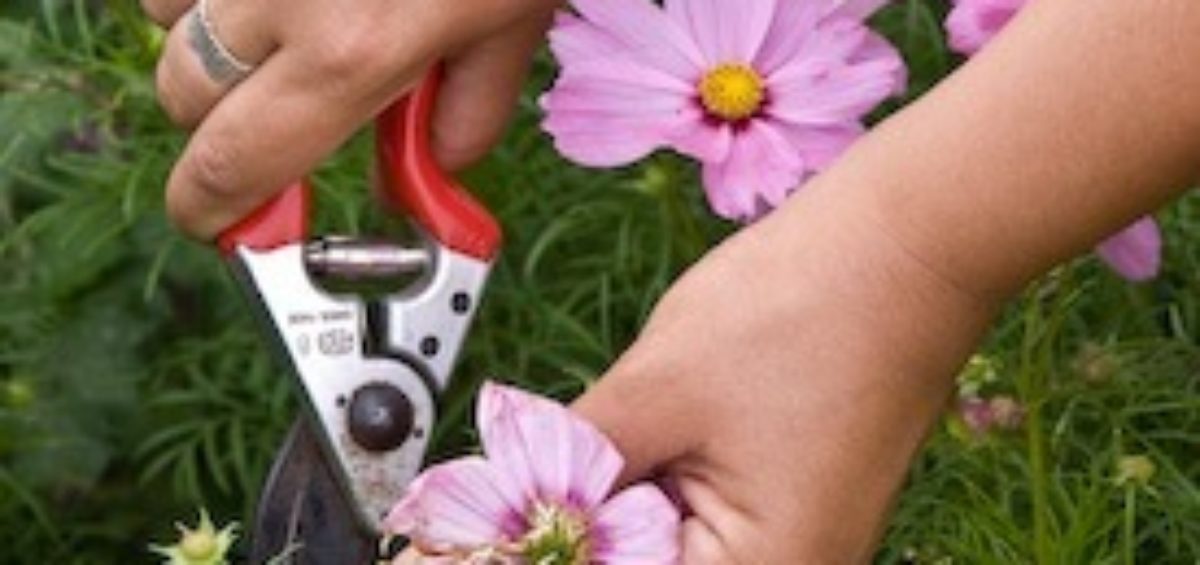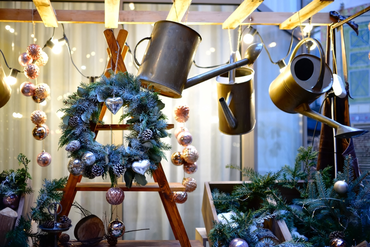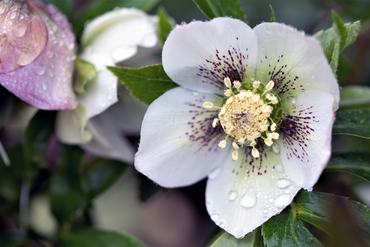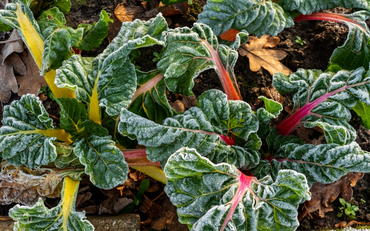
Summer this year has been one of the hottest on record, so plants and flowers from hot climates are blooming and floral displays everywhere are spectacular. Your lawn probably isn’t doing so well, but it will recover!
Whatever the weather, however, it’s important to deadhead perennials and tidy up your garden stalwarts to ensure they last for longer. Here are some jobs that need tackling at this time of the year.
Deadheading Flowers
Planting long-blooming perennials is the best way to ensure your garden remains a riot of colour throughout the year. Bedding plants are useful for injecting colour into borders and filling up tubs and baskets, but if you want blocks of colour every year, plant roses, lavender, sage, daisies, phlox, and other long-blooming perennials. But, if you do this, it is important to stay on top of the deadheading.
Deadheading spent flowers will keep your perennials in bloom for longer. Deadheading gives plants an instant refresh and will keep seed dispersal in check. If you deadhead your flowering perennials, they will bloom for longer and you can encourage a second flush of flowers in a few cases.
Keep a close eye on your flowering perennials. Once the flowers begin to fade, grab your secateurs and start deadheading the spent blooms. How often you need to do this will depend on the individual plant.
How to Deadhead
All plants are different, so treat them as individuals. Some will produce short-lived flowers and others will flower for several weeks. Once a flower begins to fade, remove it. Trim the stem back to a new flower or bud, or if there isn’t one, a leaf. If the entire stem appears past its best, trim it back to the base of the plant.
Deadheading is best done as often as possible. Try and make time to get out into the garden in the evening. Many people find deadheading very therapeutic! Take a cup of tea with you and admire your hard work as you trim off dead flowers.
When done regularly, deadheading encourages repeat flowering, so you will be able to enjoy an extended season of flowering well into autumn.
Feeding Plants
A well-fed garden will flower for longer. The right fertiliser will ensure your perennials continue flowering for many years to come. If your perennials look weak, are failing to thrive, or are not producing many flowers, it is a good indication that they need some fertiliser. Some plants such as fragrant phlox need fertiliser to flower all summer – look for a fertiliser with a high concentration of phosphorous compared to other nutrients. Slow release foods are ideal for the growing season. For best results, feed your perennials every 6-8 weeks.
Tidy Up Your Bedding Plants
By now, your bedding plants are probably looking a bit leggy and straggly. It’s a good idea to tidy them up so your displays look great for longer. Remove any dead plants and trim away any spent blooms.
You don’t need to throw away all your dead flowers. Petals can be used to make home-made dyes, so have fun with some DIY dye projects!




